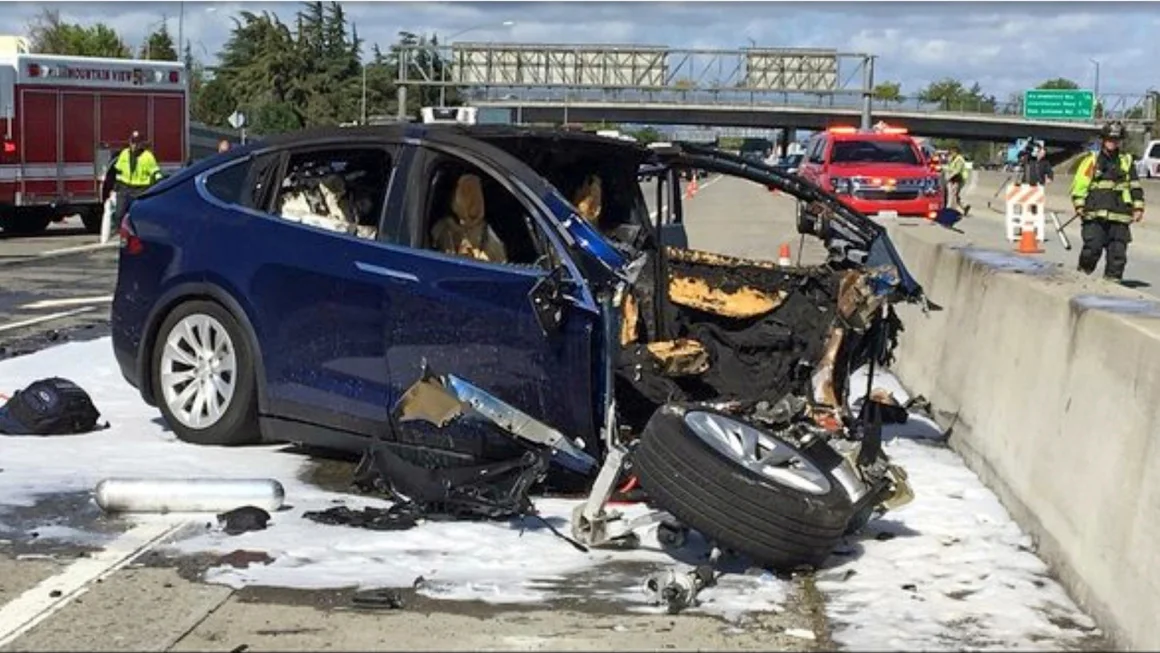This week marks the beginning of the trial for Tesla and its controversial automatic driving system.
In a well-known wrongful death lawsuit brought by the family of a former Apple engineer who perished when his Tesla Model X crashed while using the Autopilot function, jury selection is scheduled to start on Monday. The trial might go on for a few weeks.
On March 23, 2018, Walter Huang lost his life when his Tesla collided with a concrete highway divider in Silicon Valley. During its examination, the National Transportation Safety Board discovered that the automobile was on Autopilot for about 19 minutes prior to to the tragic collision, which occurred when it drove off the highway at a speed of 71 mph.
For the troubled business, which has lost a third of its market value and popularity this year, the trial represents another pivotal moment. Tesla’s CEO Elon Musk and the business claim that its Autopilot and Full Self-Driving technologies are cutting edge and a major factor in the company’s rise to the top of the global electric car market, narrowly surpassing Chinese rival BYD. However, Huang’s family claimed that Tesla had overstated the benefits of its Autopilot system and that it is not as safe to use as claimed.
In the six years since Huang’s tragic incident, Tesla’s Autopilot technology has come under heavy criticism. The National Highway Traffic Safety Administration asserted that the Autopilot technology can deceive drivers into believing they are driving safely after a two-year review that examined 1,000 Tesla crashes during which the system was used. The NHTSA discovered in December 2023 that it might be easily abused in some risky scenarios when Autopilot might not be able to properly traverse the road.
A number of crashes involving Tesla vehicles utilising various driver aid technologies have been the subject of investigations by the NHTSA and the National Transportation Safety Board. These crashes include a sequence of collisions with emergency vehicles that were responding to previous accidents.
According to Tesla, Huang’s hands were not on the steering wheel of his vehicle for six seconds before the collision. Given that investigators discovered Huang was using his phone to play a video game while Autopilot was active, the company stated that it believes Huang was to blame for the collision. Before it crashed, Huang did not apply the brakes or try to guide his automobile away from the concrete barrier.
Huang’s family concedes that he was inattentive while operating the vehicle, but they maintain that Tesla is to blame for misrepresenting Autopilot as self-driving software. They claim Tesla was aware of the shortcomings in Autopilot and that it was not yet ready for widespread usage.
If the jury returns a verdict in favour of Huang’s family, Tesla may be required to pay damages, which would mount up rapidly. Big company involvement in wrongful death lawsuits has occasionally produced awards exceeding $1 billion.











